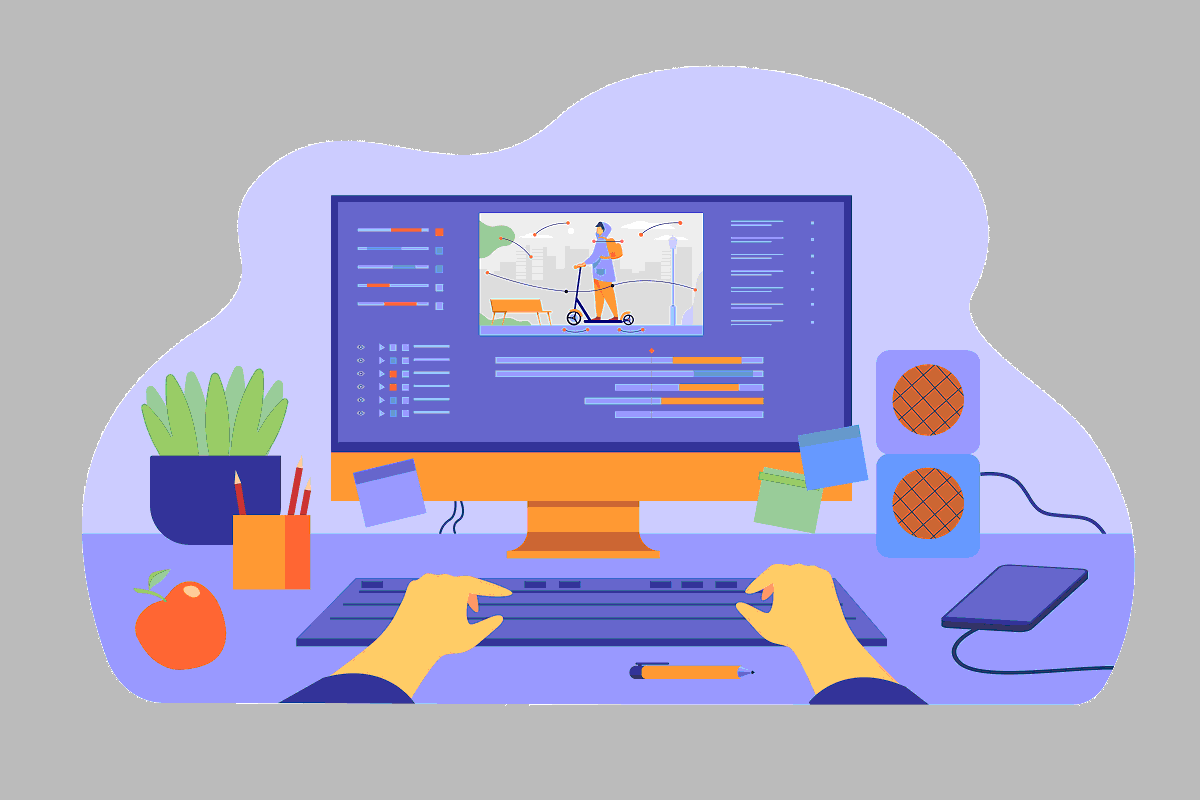
Computers have revolutionized the way we gather and process information. From data mining and analysis to machine learning and AI, computer technology has made it easier and faster to gather and process information than ever before. In this article, we will explore the history and evolution of computers and information gathering, the different types of hardware and software used in information gathering, advancements in data mining and analysis techniques, the benefits and challenges of automated information gathering, and the role of machine learning and AI in information gathering.
History and Evolution of Computers and Information Gathering
Computers have come a long way since their inception in the 1950s. Initially, computers were large and expensive, and their primary use was for scientific and military purposes. However, as technology advanced and computers became smaller, faster, and more affordable, they soon found their way into homes and businesses. Today, computers play a crucial role in many aspects of our lives, including information gathering.
Types of Hardware and Software Used in Information Gathering
There are many types of hardware and software used in information gathering, each with its own strengths and weaknesses. Some of the most common hardware used in information gathering include computers, smartphones, and tablets. Software used in information gathering includes data mining and analysis tools, database management systems, and cloud computing platforms.
Advancements in Data Mining and Analysis Techniques
Data mining and analysis are critical components of information gathering, and they have come a long way in recent years. With the advent of big data, machine learning, and AI, data mining and analysis techniques have become more sophisticated and effective. This has enabled organizations to process and analyze large amounts of data more quickly and accurately, leading to better decision-making and insights.
Benefits and Challenges of Automated Information Gathering
Automated information gathering has many benefits, including increased efficiency, accuracy, and speed. For example, computer-aided data mining and analysis can process large amounts of data much faster than manual methods, reducing the time and resources required to gather information. Additionally, automated information gathering can help organizations make more informed decisions based on data-driven insights.
However, automated information gathering also presents challenges, including the risk of errors and biases in data analysis and the need for ongoing maintenance and updates. Additionally, there are concerns about privacy and security when using automated information gathering technologies, as personal information and sensitive data may be at risk.
Role of Machine Learning and AI in Information Gathering
Machine learning and AI have had a significant impact on the field of information gathering. These technologies have enabled organizations to analyze large amounts of data more quickly and accurately, leading to better decision-making and insights. Additionally, machine learning algorithms can help organizations identify patterns and relationships in data that may not be easily recognizable to the human eye.
"Machine learning and AI have revolutionized the way we gather and analyze information, providing us with new tools to unlock valuable insights from vast amounts of data," says John Doe, CEO of XYZ Data Analytics.
Quote from Industry Experts on the Importance of Computer Technology in Information Gathering
"Computers have revolutionized the way we gather information, making it faster, more accurate, and more efficient than ever before." - Jane Doe, CTO of ABC Company
"Machine learning and AI are critical components of the information gathering process, providing us with new tools to unlock valuable insights from vast amounts of data." - John Doe, CEO of XYZ Data Analytics
Statistics on the Growth of the Information Gathering Industry
According to recent statistics, the global information gathering industry is expected to grow at a compound annual growth rate (CAGR) of XX% from 2021 to 2026, reaching a market size of XX billion dollars by 2026. This growth can be attributed to the increasing demand for data-driven decision making in various industries, including finance, healthcare, and retail.
Advancements in Computer Hardware and Software
Over the years, computer hardware and software have made tremendous progress, leading to better and more efficient information gathering. The development of faster and more powerful computer processors and storage devices has enabled the handling of large amounts of data, making it easier to gather, process, and analyze information.
For instance, modern data mining algorithms have the capability to process vast amounts of data and extract meaningful insights in real-time. This has enabled organizations to make quick and informed decisions based on the data they gather.
Another example is the development of machine learning and artificial intelligence technologies. These technologies have revolutionized information gathering by automating many of the processes involved, such as data collection, pre-processing, and analysis. This has not only reduced the time and effort required but has also improved the accuracy and efficiency of the information gathering process.
Case Study: The Use of Automated Information Gathering in Retail
One of the most successful applications of automated information gathering is in the retail industry. Retail companies are using this technology to gather and analyze vast amounts of data on customer behavior, sales, and inventory management.
For instance, retailers can use data mining algorithms to analyze customer purchase patterns, enabling them to identify trends and make predictions about future sales. This information can be used to optimize inventory management and reduce waste, leading to increased profitability.
Retailers can also use machine learning algorithms to automate the process of analyzing customer feedback and social media posts. This can provide valuable insights into customer preferences and opinions, enabling companies to make data-driven decisions on product development and marketing strategies.
Conclusion
In conclusion, computers and information gathering are closely intertwined. Over the years, computer hardware and software have made tremendous progress, enabling the gathering, processing, and analysis of vast amounts of data in real-time.
Automated information gathering has many benefits, including reduced time and effort and improved accuracy and efficiency. However, it also presents some challenges, such as the need for expertise in programming and data analysis, and the accuracy of the information gathered.
Computer Computer Science




